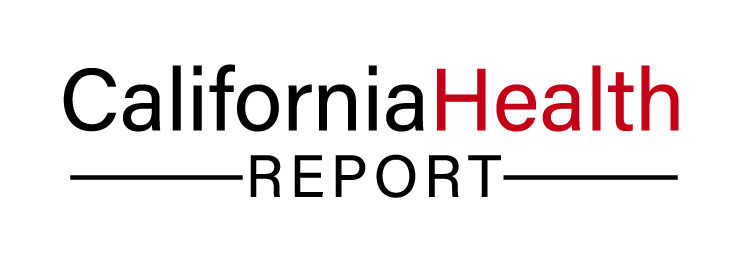
California faces an extraordinarily difficult budget this year. Better management of the state’s finances over the last decade would have made our current circumstance less difficult. But let’s be realistic – given the depth of the recession, we would be in terrible shape in any case.
The new reality is that state revenues are now about $20 billion lower per year than before the recession. That’s roughly what the state will spend this year for UC, CSU, the Department of Corrections, SSI/SSP, CalWORKs, and Developmental Services combined.
This new reality will force us to make some very difficult choices about what services the state will provide and how to pay for them.
We need to have a serious discussion about what we want from our state government. While most of the things that the state does are good and important, scarce resources will force hard decisions to significantly scale back or eliminate some of these programs. And once we’ve engaged in that conversation, we need to figure out whether and how Californians are willing to pay for those services that are deemed critical.
But in order to persuade the public to pay for those services, state government needs to do a better job of ensuring that programs are operating effectively. Too many Californians believe that it’s possible to close the budget gap simply by eliminating waste and inefficiency. Until the public perceives that government spends their money carefully to produce desired outcomes, it will be difficult to convince them to pay more.
Operating programs more effectively means being smarter about how to improve performance with the same or fewer resources. We must be in the business of striving to continually improve outcomes with limited resources. Figuring out smarter service delivery also means determining what level of government – state or local – is best suited to provide a particular service.
The reality, though, is that, particularly in the short run, we won’t be able to protect all of the state’s current services. Thus, as distasteful as it is, we need to triage by protecting those services that are most critical and scale back other services that are less so. However, we should do this with attention to what will do the least harm to service networks and minimize the cost of rebuilding the service infrastructure if and when additional funding is available. Because of their wealth of program knowledge, front-line state workers and program advocates are essential participants in this discussion and the effort to improve program performance.
As part of ensuring that sufficient funding is available for the services that Californians want, we should reexamine the state’s tax structure. There are numerous opportunities to raise revenues equitably and in a manner that does little harm to the state’s economy and competitive position. But we must deal with the fact that the state’s current tax structure is antiquated and does not track California’s economy.
Lastly, as many commentators have urged, we should take a hard look at the structural governance issues that, while not the major cause of the current budget shortfall, have been significant contributors to our current problems – issues like ballot-box budgeting and a lack of long-term vision regarding the impact of budget decisions.
Gage is the former director of California’s Department of Finance.
This piece is one in a series on the fiscal challenge facing California, produced in partnership with the Working Families Summit and the California Center for Research on Women and Families.





